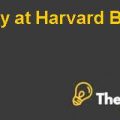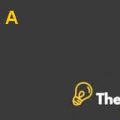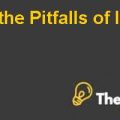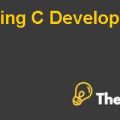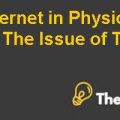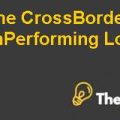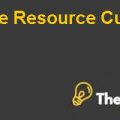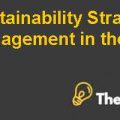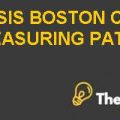Hill Country Snack Food Co. Case Study Solution
Hill Country Snack Foods Co. is located in to the Austin, Taxes. It has been manufacturing the variety of the snacks that were more traditional which are favored by the consumers into the market. So, it distributed products to different locations around the country at the convenience stores, supermarkets, retailers, and distribution outlets. The company has enjoyed huge growth into the market due to the increased demand of the products.
It has been enjoying huge success due to many factors such economics, operations efficiency, quality products, strong position into the market. On the other hand, company has not leveraged its position into capitals structure. So restructuring would require some analysis of the situation. So, it is concern for the company that it has not been able provide or improve the rate return for the shareholders due to excess cash position, and absence of the debt.
It is concern for the company that how should it restructure the capital, should it increase debt-to-capital ratio 20%, 40%, or 60% which one capital structure would be feasible for the company that is also suitable as per the industry. So, it is imperative for the company that it should improve the rate of return, and improve their position but the issue is major that what should be capital structure, since each option has many complications and implications, and how should company deal with these issues, which capital structure should it adopt in order to address key problems and challenges.
Question 1
The operating leverage effect ratio of the company is 2.16 that indicates that operating leverage exists into the company and the large portion of the company’s costs are fixed. Because the ratio is greater than 1. If it equal to the 1 then it could be interpreted that majority costs of the company is variable. Similarly, it can be interpreted that a small decrease into the revenues would have large effect on the net operating income of the company. So, this is high business risks for the company. On the other hand, the financial leverage effect ratio of the company is 1.55 which shows the effect of increasing or decreasing operating income on the net income.
So, it can be determined that if the if operating income of the company increases by 10% then net income of the company would increase by 15.5%. Similarly, the total leverage risk for the company is 3.34 which means that if company has sales of $100,000, and its operating leverage is 10% then the net income of the company would increase by 33400 for each sales of $100,000.These are the quantitate business risks. So, qualitative risks for the company are the rising competition, rising costs of doing business, and inefficiency into the operations. So, it can be determined that company has low business risk, because it has been operating effective into the market has ability to compete with the competitors.
Financial Risks
Financial risks of the company is not much higher since it does not have debt. The financial risks refers to the risk that shareholders would lose the money invested into the company. So, the debt to capital ratio of the company actually is 0, but as the company increases it debt by 20% then its ratio is 0.2, and other alternatives 0.4, and 0.6. See exhibit 1so, it can be determined that company has no debt actually so it has less financial risk. On the other hand, it is in core value of the company that creating value for the shareholders, and one sixth of the shares are held by the company’s management that is good posture for the shareholders and it also eliminates principal-agent problem giving trust to shareholders, and this also emphasize on the value creation for the shareholders.
Value of the Shareholders
The share price in 2011 is $41.67, and dividend per share 0.85 in 2011. So, if the company recapitalize the structure then it would have effect on the price per share. So, the if the company has debt-to-capital is 20% then its share price would be $48.99, and if debt-to-capital is 40% then its share price would be $52.48 and if the debt-to-capital of the company is 60% then its share price would be $54.36.
Hill Country Snack Food Co. Harvard Case Solution & Analysis
Question 2
It is recommended that debt to capital ratio for the company should be 40%. Because, the company do not have debt which makes it expensive, and financial leverage is also important for the company for aggressive capital structure. 40% debt to capital is a balanced capital structure of the industry. There would be numerous advantages of adding debt to the capital structure such as the
- Ownership control
- Easy to operate and administrate
- Tax advantage
- Cost reduction
- Profit retention and
- Financial leverage
So, these are benefits of employing debt into the capital structure of the company. However, being highly leveraged means high risk that makes company more risky, and increases concerns of the shareholders. So, it can be determined that there are many complications that needs to be understood as being highly leverage is not good for any company. So, the balance capital structure is preferable. Furthermore, the debt has positive impact on the taxes since company would have tax advantage because the interest is tax deductible, but the expected financial distress cost refers to inability of company meeting with the obligations.........................
This is just a sample partial work. Please place the order on the website to get your own originally done case solution.

